No, cumin is not hot or spicy. It has 0 SHU (Scoville Heat Units) because it contains no capsaicin, the compound responsible for the burning sensation in chili peppers. Despite its warm, earthy flavor, cumin does not produce actual heat in dishes.
Many people confuse cumin's aromatic intensity with spiciness, but it's fundamentally different from peppers. In this guide, we'll break down cumin's heat level, flavor profile, and how it compares to other spices — with practical tips for cooking.
Understanding Cumin's Heat Level
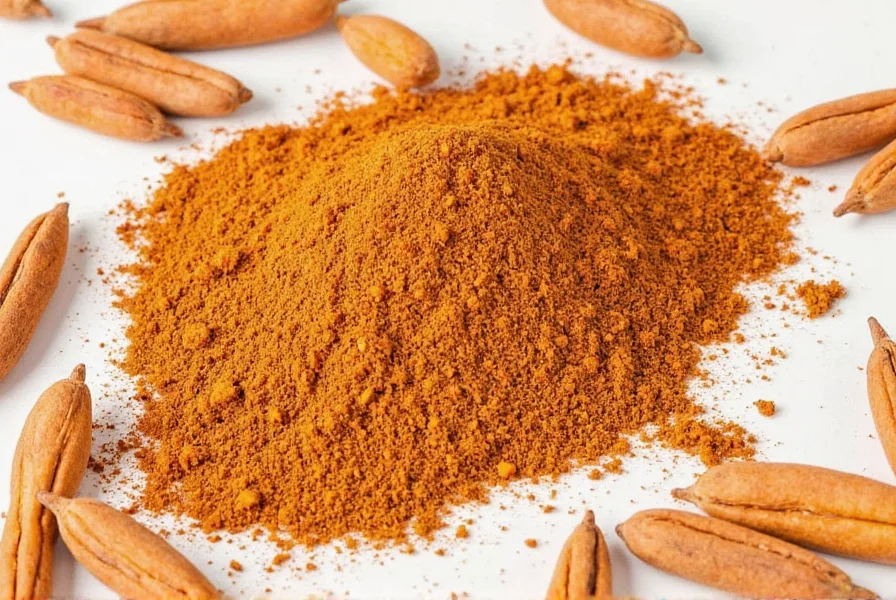
| Spice | Heat Level (Scoville Scale) | Main Flavor Notes |
|---|---|---|
| Cumin | 0 SHU (no capsaicin) | Earthy, smoky, nutty |
| Cayenne Pepper | 30,000–50,000 SHU | Hot, sharp, pungent |
| Jalapeño | 2,500–8,000 SHU | Grassy, peppery, mildly hot |
| Black Pepper | 1,000–10,000 SHU | Pungent, woody, spicy |
As shown in the table above, cumin falls at the bottom of the spice heat chart because it doesn't contain capsaicin — the compound responsible for the burning sensation in chili peppers. However, some people may perceive cumin as having a "spicy" warmth due to its aromatic intensity and bitterness, especially when used in large amounts.
Cumin's Flavor Profile: Earthy, Smoky, Nutty?
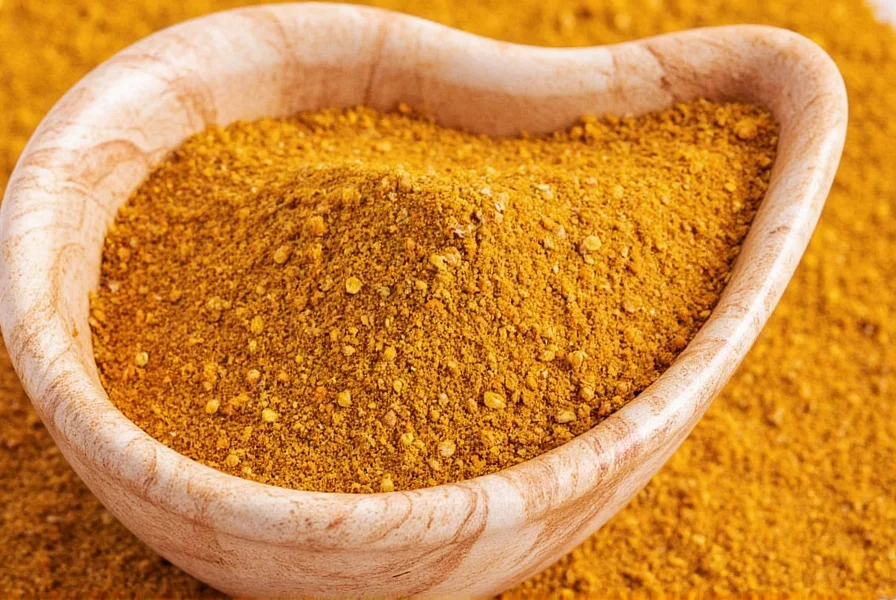
Cumin has a distinctive flavor that can be described as:
- Earthy: Think of the grounding aroma you get from toasted soil after rain — that's the essence of cumin.
- Smoky: Especially when dry-roasted before grinding, cumin develops a subtle smokiness.
- Nutty: Similar to sesame or roasted nuts, giving dishes a rich base note.
The key takeaway here is that while cumin is not traditionally spicy, its bold flavor often plays a supporting role in spicy dishes. It adds complexity and depth without overpowering the heat from actual chili ingredients.
Cumin vs. Other Spices: How Does It Compare?
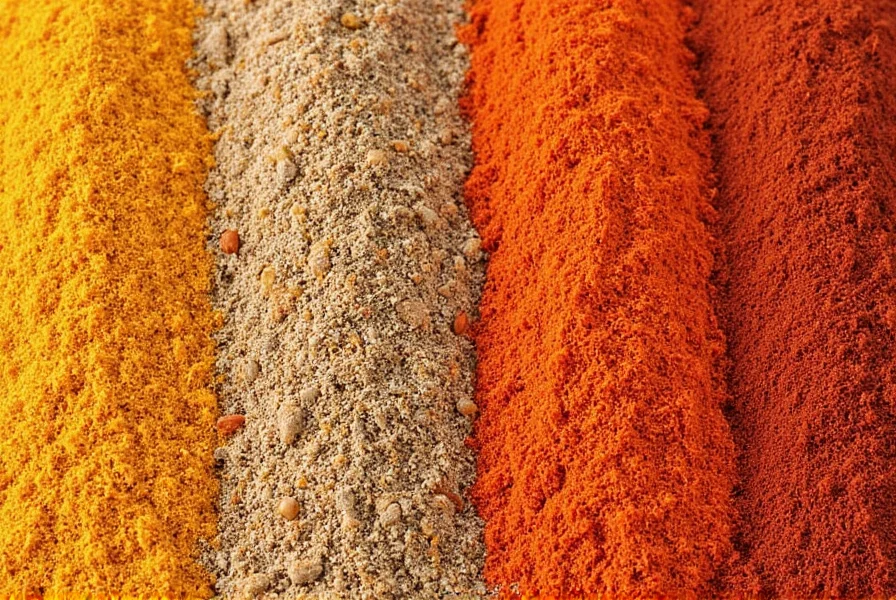
| Spice | Flavor Type | Heat Level | Common Uses |
|---|---|---|---|
| Cumin | Earthy / Warm | Very Low | Tacos, curries, chili, stews |
| Paprika | Sweet / Smoky | Low to Medium | Goulash, deviled eggs, rubs |
| Turmeric | Woody / Bitter | None | Curries, golden milk, rice dishes |
| Cayenne | Hot / Pungent | High | Hot sauces, marinades, soups |
| Coriander | Citrusy / Sweet | None | Chili, breads, pickles |
Cumin pairs well with coriander and paprika in spice blends like garam masala, chili powder, and adobo. Its warming quality makes it a go-to ingredient in spice mixes designed to build heat through layering, rather than immediate spiciness.
When Should You Use Cumin in Cooking?
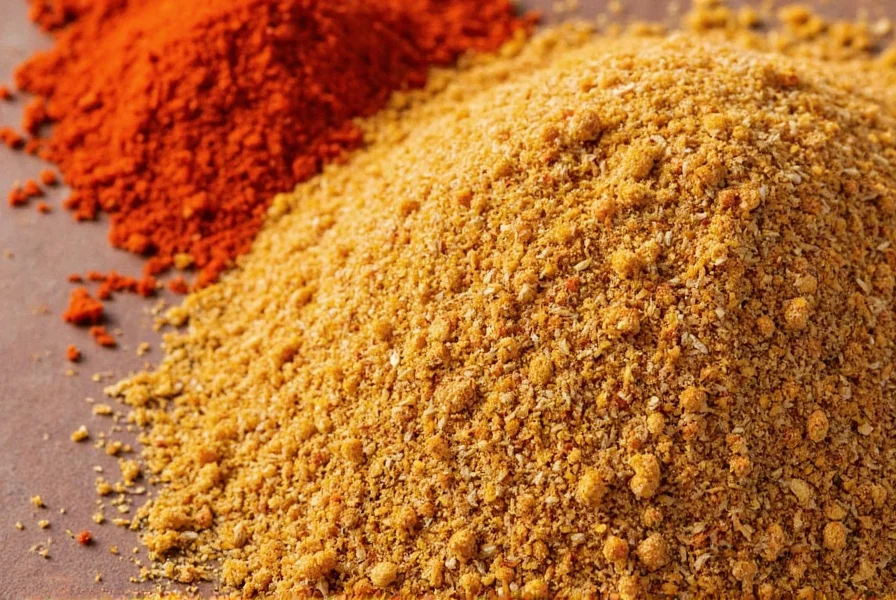
If you're wondering when and how to add cumin to your meals, here are a few scenarios where cumin shines brightest:
- Mexican cuisine: Essential in taco meat, enchilada sauce, and salsas.
- Indian dishes: Often dry-roasted before grinding to enhance its smoky notes in curries and dal.
- Middle Eastern cooking: Used in falafel, hummus, and shawarma spice blends.
- Mediterranean fare: Adds depth to lamb dishes and vegetable stews.
- Vegetarian comfort foods: Brings heartiness to lentils, black beans, and eggplant dishes.
Pro tip: To unlock the fullest flavor potential of cumin, toast the whole seeds in a dry pan for 1–2 minutes until fragrant before grinding them yourself. This step elevates the natural oils and intensifies the aroma.
Buying Guide: Choosing the Best Cumin for Your Kitchen
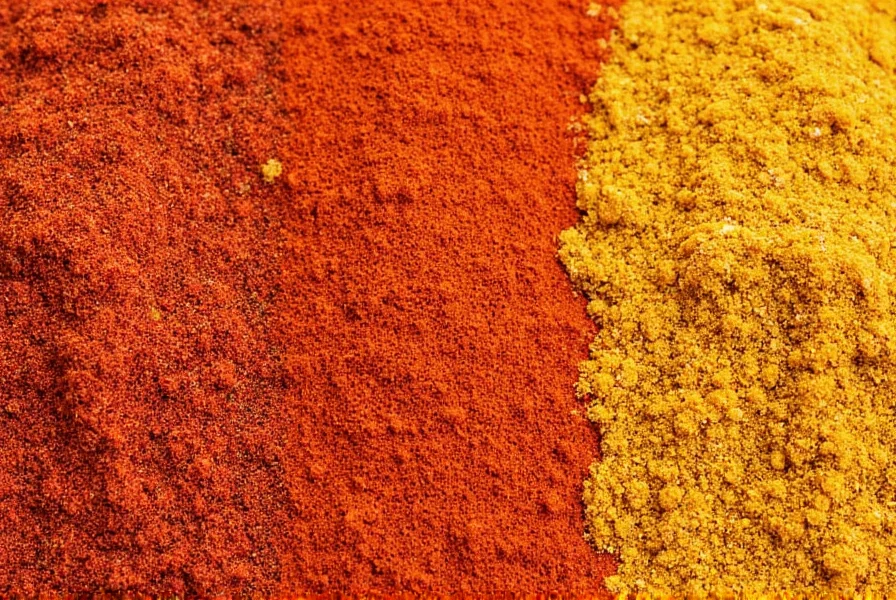
When it comes to choosing cumin, quality matters. Here are a few buying tips and product recommendations to help you find the best cumin for your kitchen needs:
Types of Cumin Available
- Whole Cumin Seeds: Ideal for slow-cooked dishes, roasting, or grinding fresh at home.
- Ground Cumin: Ready to use; perfect for quick recipes and everyday cooking.
- Cumin Powder Blends: Often mixed with coriander, turmeric, or garlic for convenience in spice mixes.
Top Picks for High-Quality Cumin Products
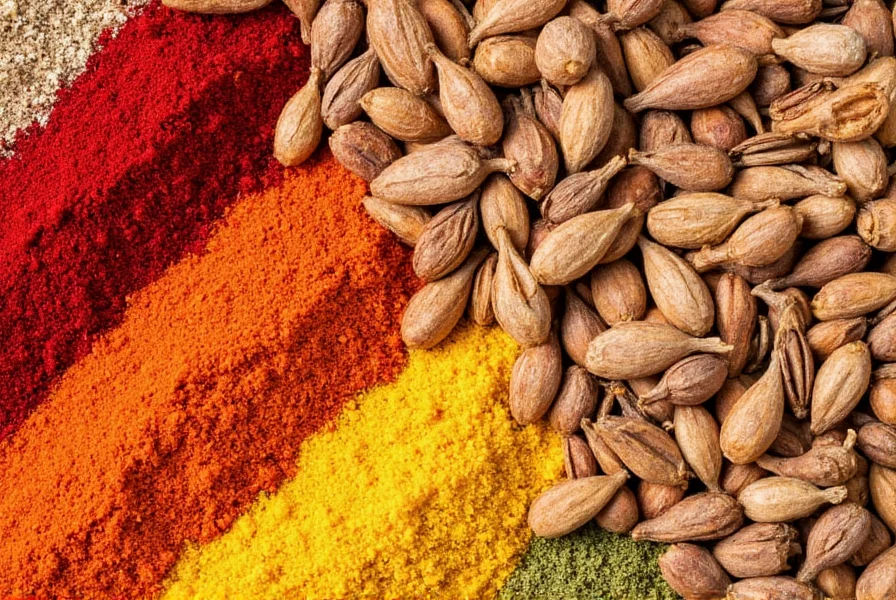
Organic Whole Cumin Seeds – SpiceWorld
Features: Non-GMO, organic certified, resealable packaging
Advantages: Fresh aroma, long shelf life
Best For: Roasting, homemade spice blends, Indian cooking
Occasions: Perfect for meal prep or gourmet cooking enthusiasts
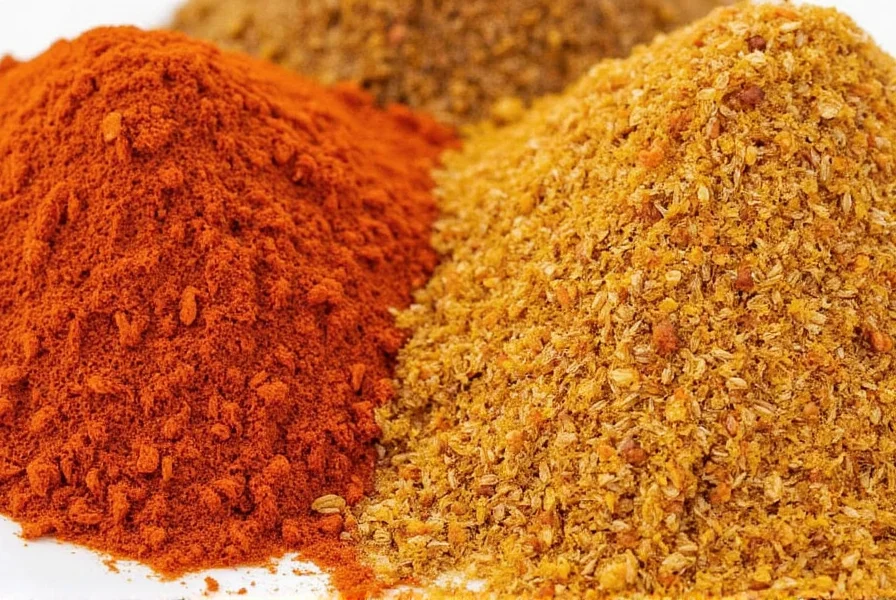
Ground Cumin – Earth & Fire Spice Co.
Features: Sustainably sourced, finely milled
Advantages: Intense flavor, easy to incorporate into dishes
Best For: Everyday cooking, Mexican and Mediterranean dishes
Occasions: Weeknight dinners, camping meals, quick soups
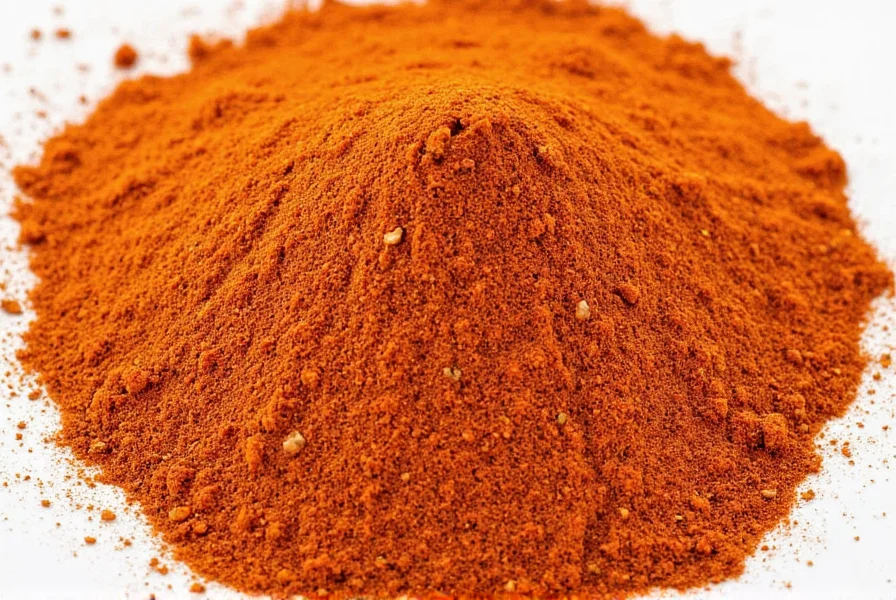
Taco Time Chili Blend – Casa Grande
Features: Contains ground cumin, paprika, garlic powder, and chili flakes
Advantages: Pre-mixed, balanced flavor
Best For: Tacos, burritos, fajitas
Occasions: Family dinners, parties, game nights
How to Store Cumin
To keep your cumin fresh and potent, store both whole seeds and ground versions in an airtight container in a cool, dark place. Ground cumin typically lasts 6–12 months, while whole seeds can stay flavorful for up to two years.
Frequently Asked Questions About Cumin
Is cumin spicy like chili peppers?
No, cumin is not spicy like chili peppers. It has 0 SHU (Scoville Heat Units) because it doesn't contain capsaicin, the compound that creates the burning sensation in hot peppers. Cumin's warmth comes from its aromatic compounds, not heat-producing elements.
Why do some people think cumin is spicy?
Some people perceive cumin as "spicy" because of its strong, warm, and slightly bitter flavor profile. When used in large quantities or in dishes that also contain actual spicy ingredients like chili peppers, cumin can contribute to the overall impression of spiciness without actually being hot.
Can cumin make a dish spicy?
Cumin itself doesn't make a dish spicy in terms of heat, but it does add a warming quality that can enhance the perception of spiciness when combined with actual hot ingredients. It's often used in spicy dishes to build complex flavor layers, but it doesn't contribute heat on its own.
How much cumin should I use to avoid bitterness?
For most recipes, 1/2 to 1 teaspoon of ground cumin per serving is sufficient. Using more than 1.5 teaspoons per serving can lead to bitterness. Remember that toasting whole cumin seeds before grinding releases more flavor, so you may need less. Always start with less—you can add more later if needed.
What spices can I use if I want actual heat instead of cumin?
If you're looking for actual heat, consider using cayenne pepper, red pepper flakes, chipotle powder, or fresh chili peppers like jalapeños or serranos. Black pepper also provides mild heat. Remember that these contain capsaicin and will genuinely make your dish spicy, unlike cumin which only contributes warmth and depth.
Does cumin taste like chili powder?
No, cumin and chili powder are different. Chili powder is actually a blend that typically contains cumin along with other spices like garlic powder, oregano, and actual chili peppers. Cumin has a distinct earthy, warm flavor, while chili powder provides both cumin's warmth plus actual heat from the chili components.
Can I substitute cumin for chili powder in recipes?
Not directly, as they serve different purposes. Cumin provides earthy warmth while chili powder provides heat. If substituting, you'd need to add both cumin AND a spicy element like cayenne to replicate chili powder. A general substitution would be 1 teaspoon chili powder = 1/2 teaspoon cumin + 1/4 teaspoon cayenne pepper, adjusted to your heat preference.
Conclusion: So… Is Cumin Hot and Spicy?
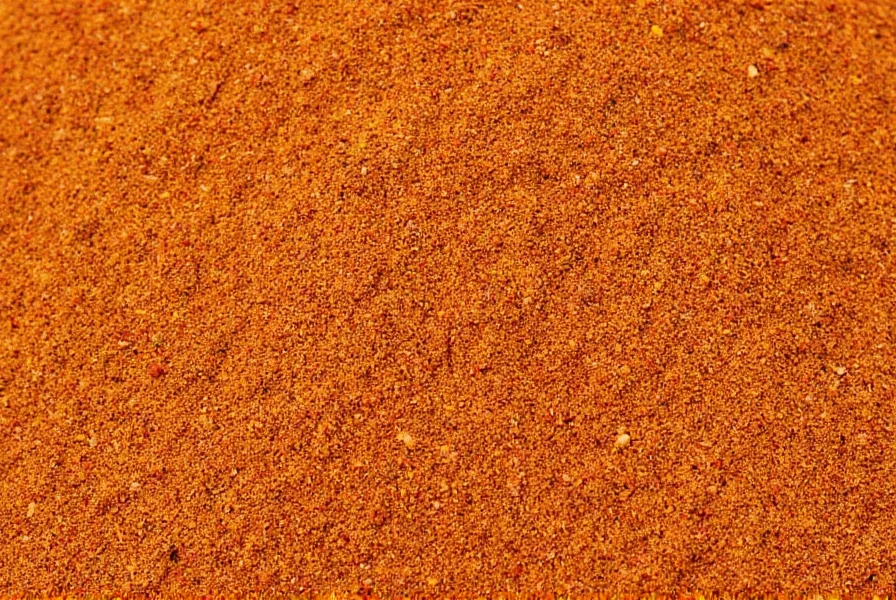
Let's wrap this up with a final answer: no, cumin is not hot and spicy in the traditional sense of causing tongue-tingling heat. However, its bold, warm flavor can definitely pack a punch in the flavor department and contribute to the overall spiciness of a dish when paired with hotter ingredients like chili peppers.
Think of cumin as the background singer in a spicy ensemble — it doesn't steal the spotlight, but it absolutely makes the whole show better. Whether you're building a rich mole sauce, seasoning a pot of lentils, or firing up a batch of homemade chili, cumin brings that essential earthy depth that rounds out the heat beautifully.
So the next time someone asks you, "Is cumin hot and spicy?" you'll be ready to say: Not fiery, but oh-so-fabulous!

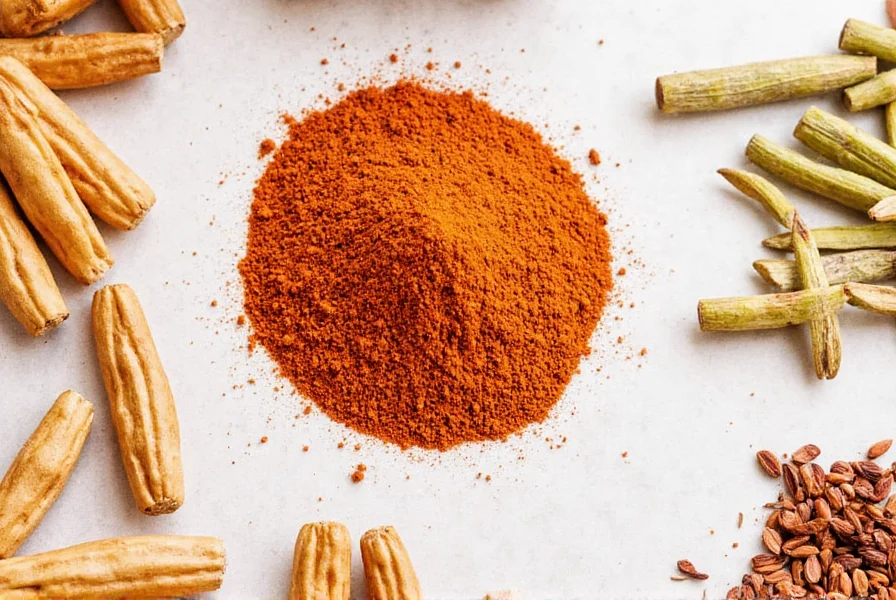









 浙公网安备
33010002000092号
浙公网安备
33010002000092号 浙B2-20120091-4
浙B2-20120091-4